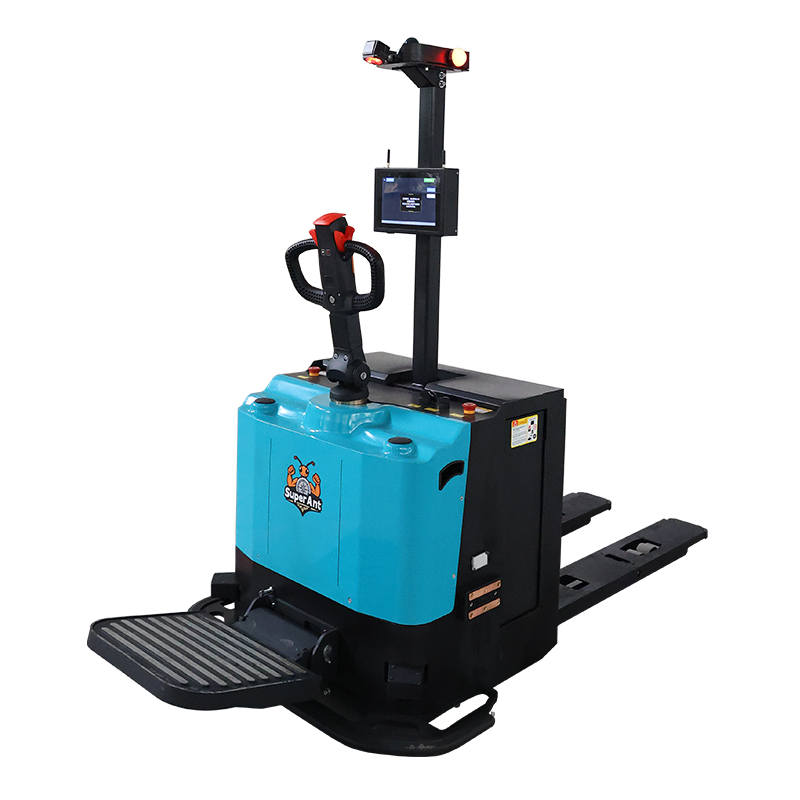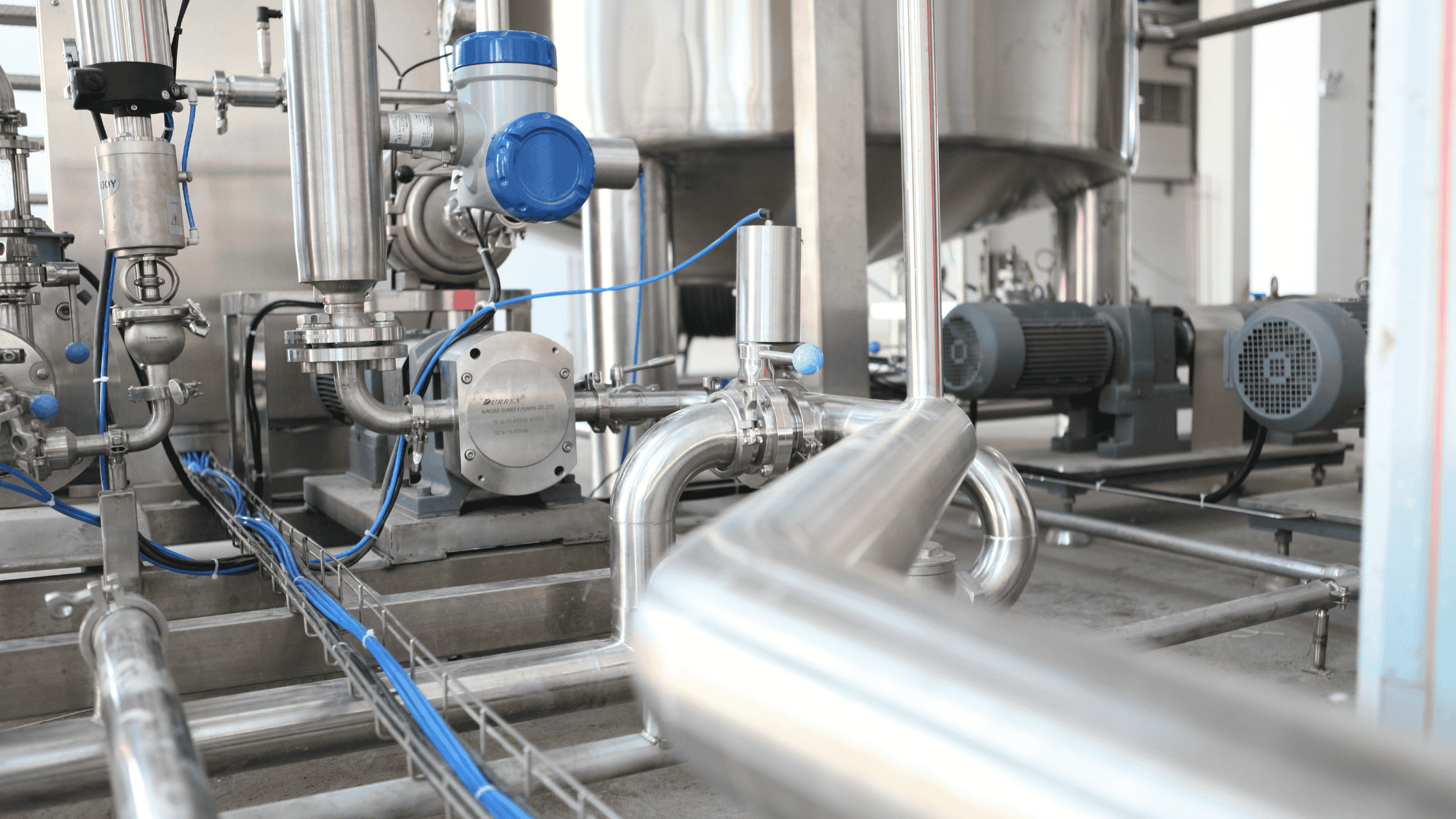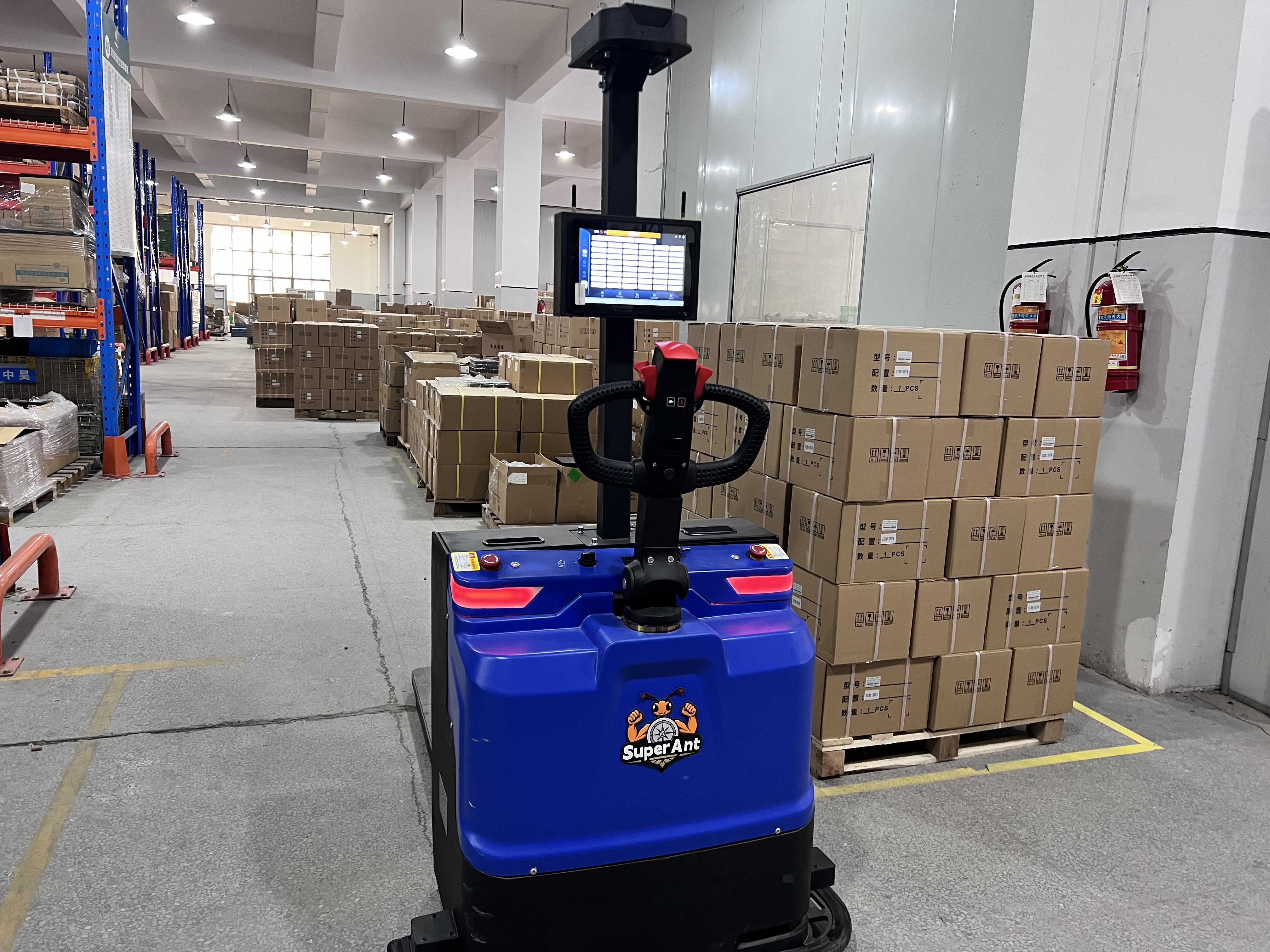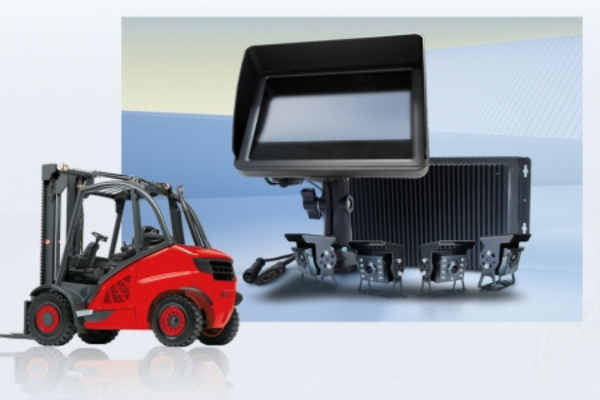Struggling with labor shortages, rising costs, and the limitations of manual forklifts, a Ningbo chemical factory were seeking a transformative solution. After communicated for weeks, they purchased three state-of-the-art outdoor Autonomous Guided Vehicle (AGV) forklifts, which revolutionized their operations, slashing costs, and setting a new standard for efficiency.
The Challenge: Manual Processes in a High-Stakes Environment
The factory’s sprawling campus required cross-area transportation of raw materials and finished products, totaling 50 tons daily. Previously, this relied on three counterbalanced forklifts operated by skilled laborers. However, this setup posed critical issues:
Safety Risks: Workers navigated hazardous chemicals, increasing exposure to accidents.
Inconsistent Efficiency: Manual handling led to delays, especially during shifts or inclement weather.
High Operational Costs: Labor wages, forklift maintenance, and fuel expenses strained budgets.
Scalability Limits: As demand grew, adding more workers and forklifts was neither sustainable nor safe.
The Solution: Deploying Outdoor AGV Forklifts
The factory partnered with SuperAnt to implement three outdoor AGV forklifts designed for rugged, large-scale environments. Key features included:
All-Weather Resilience: Built to withstand Ningbo’s humid climate and rain, with corrosion-resistant materials.
Autonomous Navigation: Equipped with LiDAR and GPS for seamless multi-point to multi-point routing across complex outdoor terrain.
High Payload Capacity: Each AGV handled up to 2 tons, collectively managing 50 tons daily with precision.
Safety Integration: Obstacle detection sensors and emergency stop functions ensured safe operation around human workers.
System Connectivity: Integrated with the factory’s Warehouse Management System (WMS) for real-time tracking and workflow optimization.

Implementation Journey
The transition involved minimal downtime. AGVs were programmed with facility maps and workflows within days. Staff were trained to oversee and collaborate with the AGVs, shifting their roles to higher-value tasks like quality control.
The Results: Efficiency, Savings, and Safety
Within three months, the AGVs delivered transformative outcomes:
Labor and Cost Reduction: Replaced 3 forklifts and 3 operators, saving $150,000 annually in labor, maintenance, and fuel.
Enhanced Productivity: 24/7 operation boosted daily handling capacity by 30%, achieving 50 tons with zero downtime.
Safety Milestones: Zero accidents reported since deployment, reducing risk in hazardous zones.
Sustainability Gains: Electric AGVs cut carbon emissions by 40% compared to combustion forklifts.
Scalable Growth: The system’s flexibility allows easy expansion to meet future demand.
Conclusion: Pioneering Smart Manufacturing
The Ningbo chemical factory now stands as a model of Industry 4.0 innovation. By embracing AGV technology, they’ve achieved safer, greener, and more competitive logistics. Their success underscores the value of automation in high-risk industries—and serves as a blueprint for peers worldwide.




